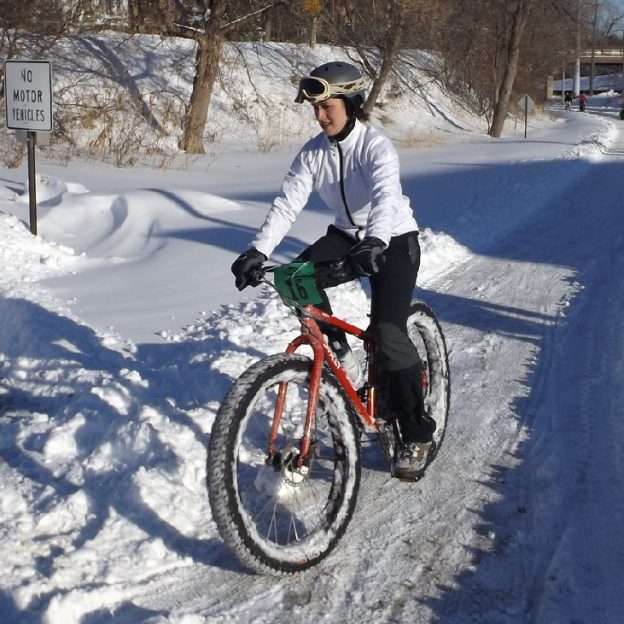Tag: Ride My Bike
-
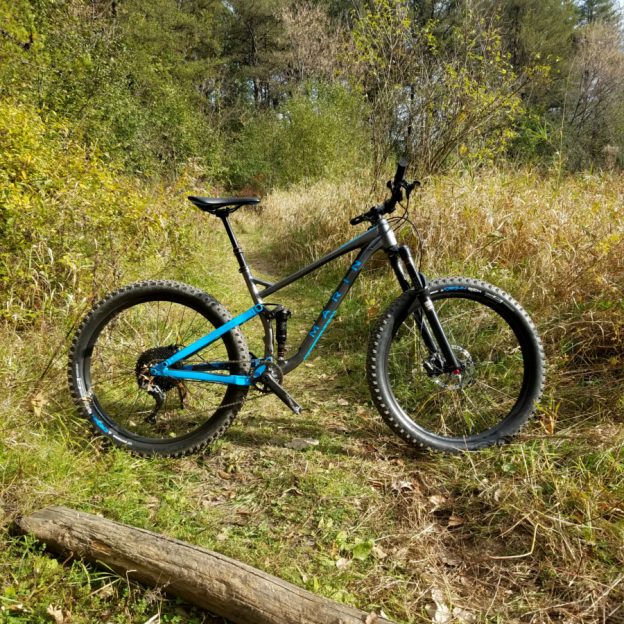
The Marin B-17 MTB review – out of the box and ready for the trail
Based on our quick MTB review at Interbike’s Dirt Demo, we have been extended a Marin mountain bike demo for a long term review. However, before I ride it and give you a full mountain bike review let me share what is actually coming out of that box.
-

Riding through the fall, a great way to spend time with your kids
For many, the beginning of the winter signals the end of bike riding, especially kids. But why should the fun stop just because the mercury drops? Instead of ending the rides, get your kids excited to ride through the fall foliage. Here are some tips for encouraging kids to keep the fun rolling.
-
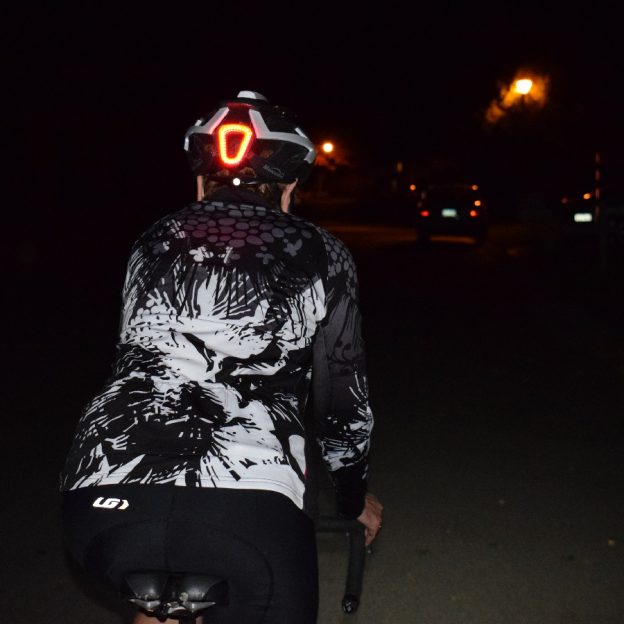
A first look at the revolutionary MagicShine Genie Helmet
Recently we reviewed a light from the wizards over at MagicShine, The MJ-900B. With that are package, they also included an amazing helmet, the Genie. The Genie is a revolutionary helmet that boasts a headlight and tail light as well as remote activated turn signals. Read on to see some more detail.
-
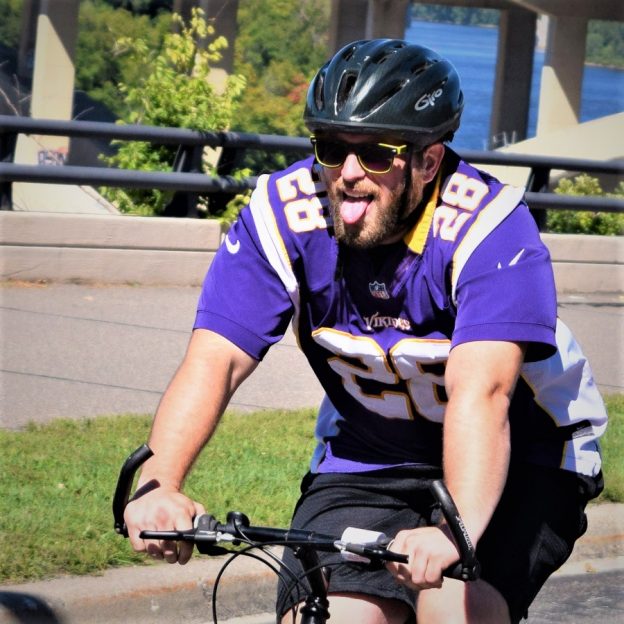
Cycling Nutrition Review: a clean, smooth approach to sports drinks
As you begin doing longer rides like the MS150, Minnesota Ironman, or any other charity ride, cycling nutrition becomes really important. The basic rule is to replace electrolytes and calories after riding for an hour. Considering most of our rides are longer than one hour, there are many nutritional products designed help. Read on to…
-
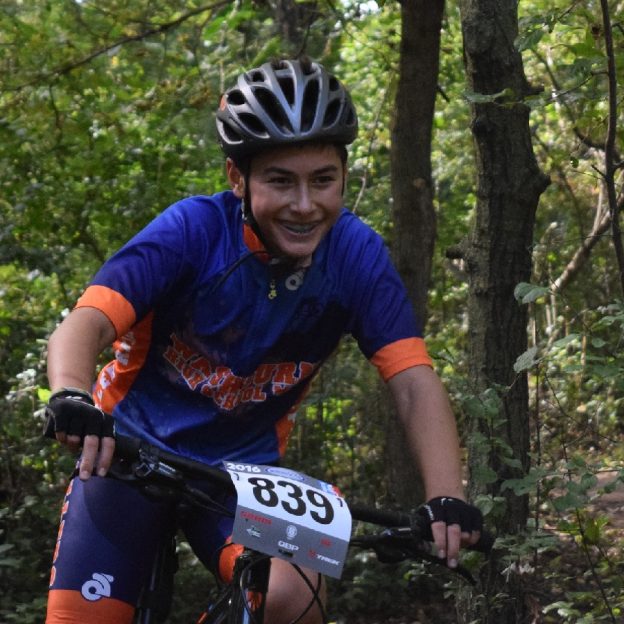
Theodore Wirth Park, a gift five minutes from downtown Minneapolis
In the western part of the Twin Cities, nestled between Golden Valley and Minneapolis is Theodore Wirth Park. A space almost as large as New York City’s Central park. With in Wirth (as it’s known to the locals) you will find several scenic, natural areas around Birch pond and Wirth Lake, plus two golf courses…
-
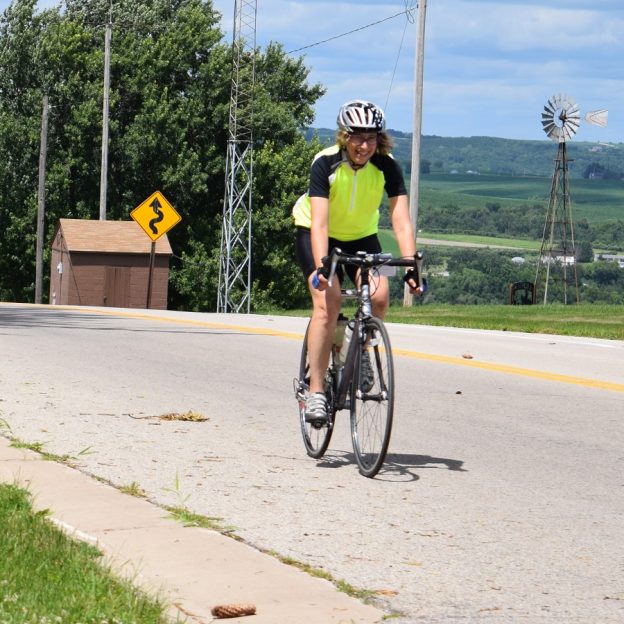
How to adjust your front derailleur for perfect and silent shifting
In the late 1920’s, in France, there was a bike race under way and it wasn’t the Tour De France. Instead, this race was a technological race that brought the front derailleur into the light. Before 1928, bicycles had a maximum of two speeds, and you needed to remove the rear wheel to change those…
-
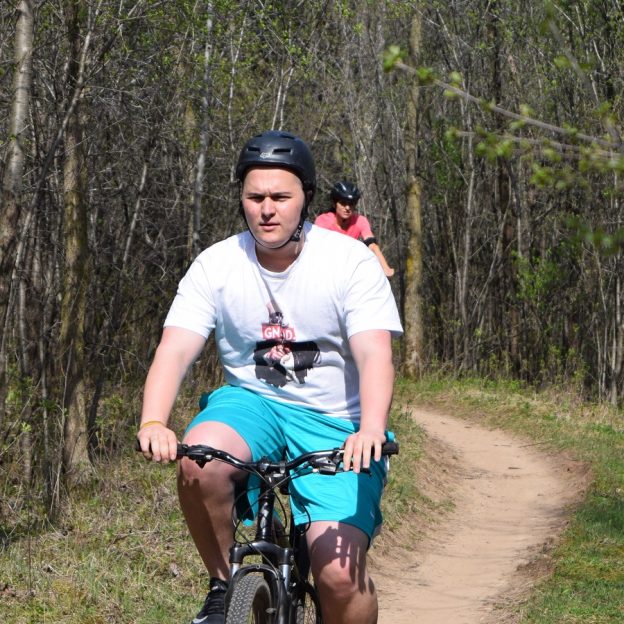
Bike Pic Aug 22, another mountain biker having fun in Lebanon Hills Park
Another mountain biker having fun in Lebanon Hills Park. Check MORC trail conditions to see which trail systems may be closed after another day of rain yesterday.
-
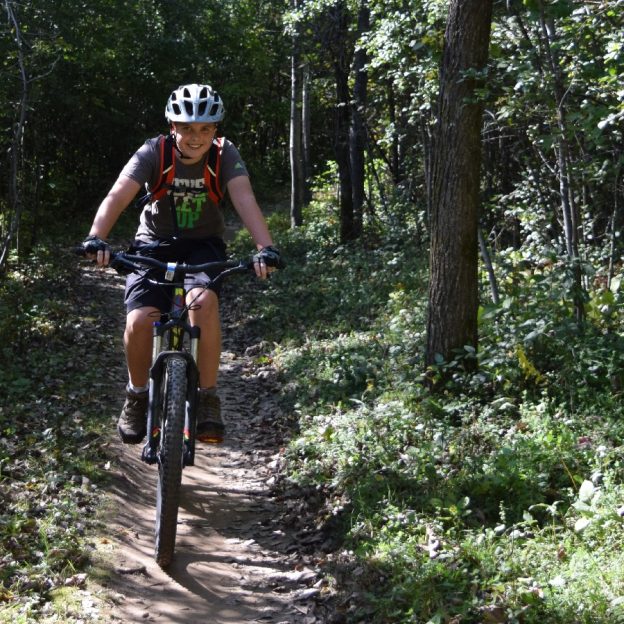
Enjoy fun and nature on Lebanon Hills fantastic mountain bike trails
The newly expanded trailhead of Lebanon Hills acts as a gateway to some of the most enjoyable trails in the Twin Cities Area. With nearly 12 miles of one way singletrack trails, Lebanon Hills has become one of the go-to trails in Minnesota. The trails feature riding for all skill levels combined with world-class facilities…

